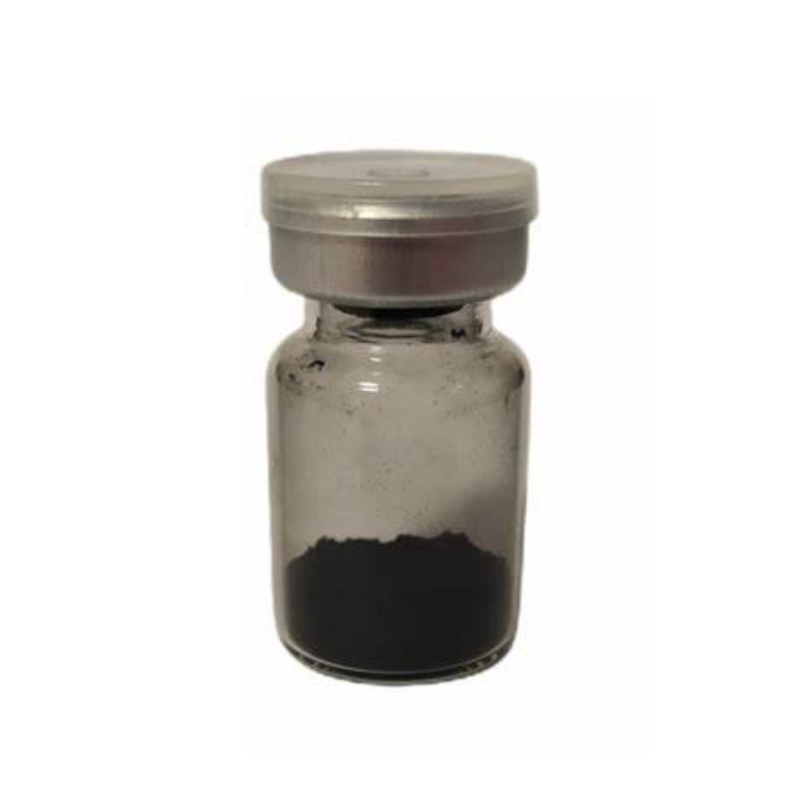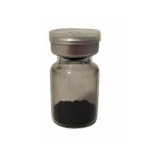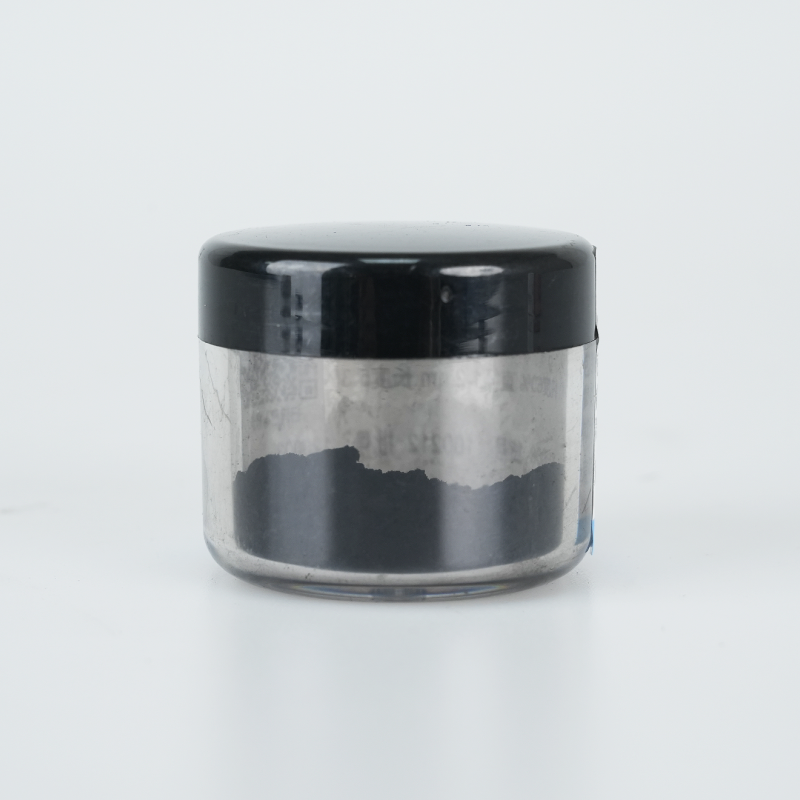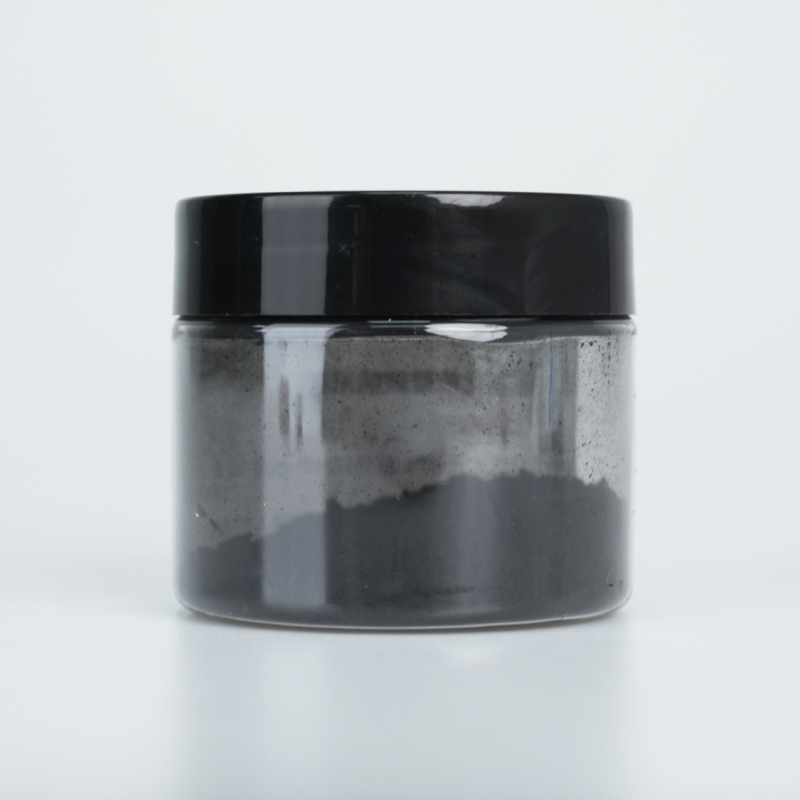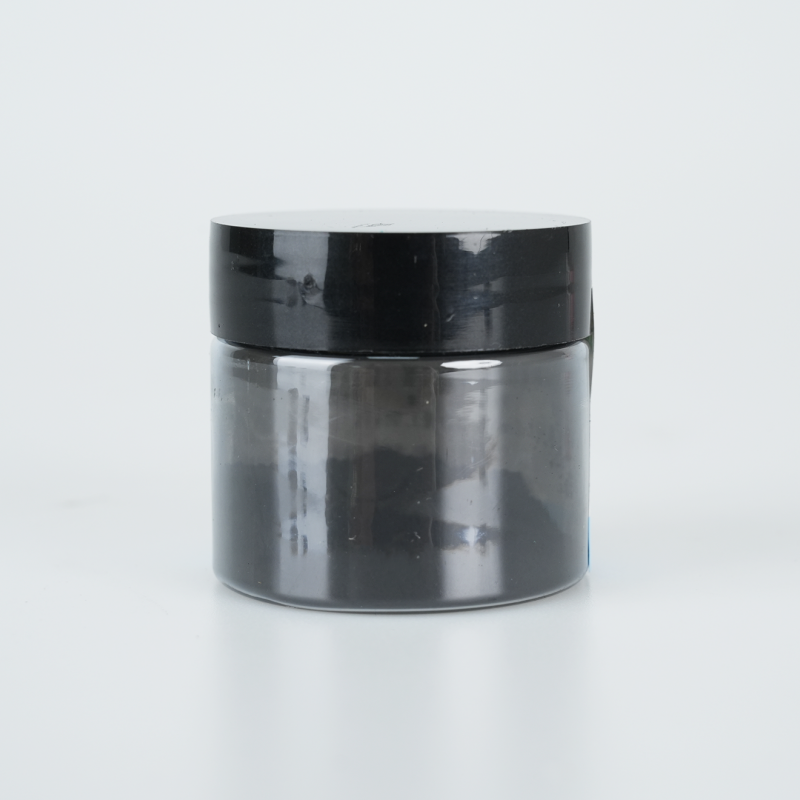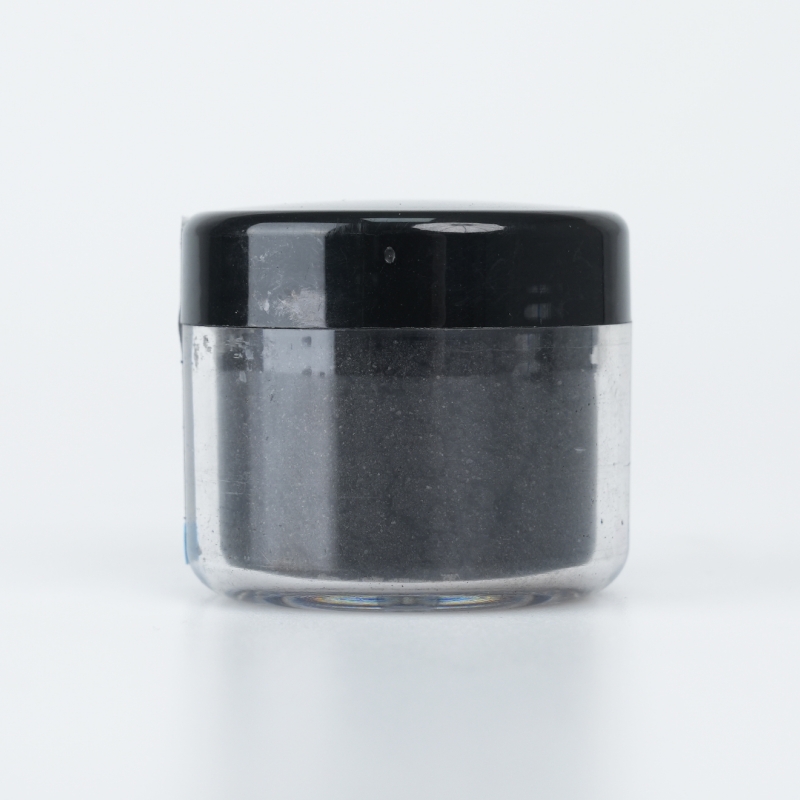Nanopalladium particles provide optimized catalytic activity, superior dispersion stability, and enhanced surface reactivity. Designed for advanced applications, they ensure efficient chemical interactions, extended durability, and high-performance adaptability.
Product Overview
Nanopalladium particles are nanoscale particles composed of palladium metal (Pd), characterized by a silver-white appearance. Palladium, a precious metal, exhibits exceptional chemical, physical, and electronic properties. These nanoparticles are typically synthesized using chemical reduction methods, where reducing agents such as sodium citrate, sodium borohydride, or hydrogen gas reduce palladium ions to metallic palladium. Protective agents like polyvinylpyrrolidone (PVP) are used to prevent particle aggregation. Due to their versatile properties, nanopalladium particles have widespread applications across multiple fields.
Features
- Catalytic Performance: Nanopalladium particles exhibit high catalytic activity in various industrial applications, particularly in hydrogenation reactions and cross-coupling reactions, which are essential in petrochemicals, fine chemicals, organic synthesis, and polymer modification.
- Hydrogen Storage Capability: Palladium is renowned for its ability to absorb large quantities of hydrogen, making nanopalladium particles ideal for hydrogen storage applications.
- Biomedical Applications: Palladium nanoparticles have promising applications in medicine, particularly for antibacterial activity, wound healing, antioxidant effects, and cancer therapy.
Applications
- Catalysts: Nanopalladium particles are highly efficient catalysts in petrochemical and fine chemical industries. They are especially crucial in processes like Suzuki coupling and Heck reactions for carbon-carbon bond formation.
- Fuel Cells: As electrocatalysts, palladium nanoparticles enhance hydrogen oxidation efficiency in fuel cells, improving their energy output.
- Hydrogen Storage Materials: Palladium nanoparticles are used as efficient hydrogen storage materials due to their high hydrogen absorption capacity.
- Biomedical Applications: These nanoparticles are being researched for applications in cancer treatment, targeted drug delivery, diagnostics, and bioimaging.
| Technical Parameter | Description |
| State | Brown-black liquid |
| Particle Size | 15-25 nm |
| Concentration | 1mg/ml |
| Solvent | Water |
| Surface Modification | PVP |
| Remarks | Particle size is a single measurement result; slight variations are allowed between batches |
 new material
new material

